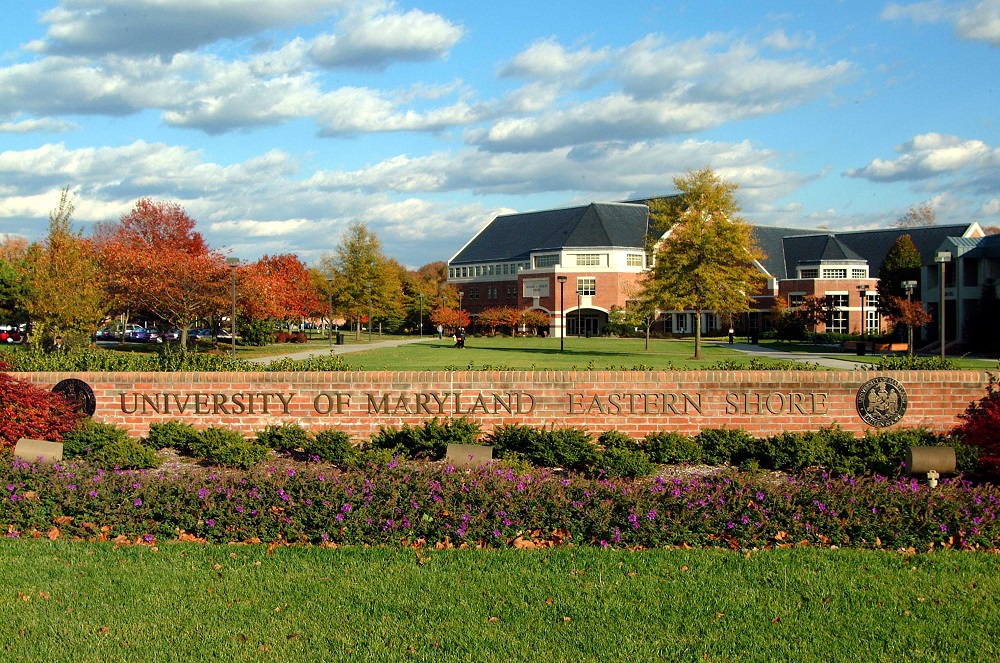
The University of Maryland Eastern Shore moved a step closer to meeting President Heidi M. Anderson’s goal of being a “Top 10” historically Black institution in the latest Best Colleges survey released today by U.S. News and World Report.
UMES came in at 16 in the publication’s 2022 rankings of HBCUs, one notch higher than a year ago and equaling the highest peer rating since the publication created a category in 2007 focusing exclusively on historically Black colleges and universities as a group.
This year is the third year under President Anderson’s leadership that the university has climbed up a position on the annual list. When Dr. Anderson took office in September 2018, as the 16th president, she challenged faculty, staff, alumni, and supporters to work together to move the university into the upper tier.
“We have put a number of programs in place to intentionally move us up in the rankings and I am thrilled they are bearing fruit!” said Anderson. “It’s not just about moving up a rankings list; it’s about the world knowing the University of Maryland Eastern Shore is a powerhouse for teaching, research, and service to our community and that we are soaring above and beyond.”
UMES offers bachelor’s degrees in 37 areas, including such fields of study as engineering, golf management, hospitality studies, kinesiology, marine science education, mathematics, information technology, and humanities. Cybersecurity and pharmaceutical sciences are among 15 master’s degree programs in UMES’ graduate school, which also offers eight doctoral degrees, including pharmacy, physical therapy, and toxicology.
UMES is the lone HBCU to offer eight health professions programs, producing graduates to combat the rural health care disparities that exist in medically underserved areas and throughout the country. UMES is one of 15 HBCUs with Accreditation Board for Engineering and Technology credentials.
U.S. News asks senior administrators – presidents, senior academic policymakers, and admissions directors – to rate the academic quality of peer institutions. Graduation and retention rates, alumni giving, and faculty resources also carry weight in the ranking equation.
Other factors taken into consideration include the number of full-time faculty, student selectivity based on test scores and high school class standing, the institution’s financial resources, and how large classes are. UMES’ student-to-faculty ratio is 10-to-1, and 70 percent of classes the university offers average fewer than 20 students per classroom.
The Carnegie Classification of Institutions of Higher Education recognizes UMES as a “high-research activity” doctoral institution where seven current faculty members hold a combined 14 U.S. and international patents.

